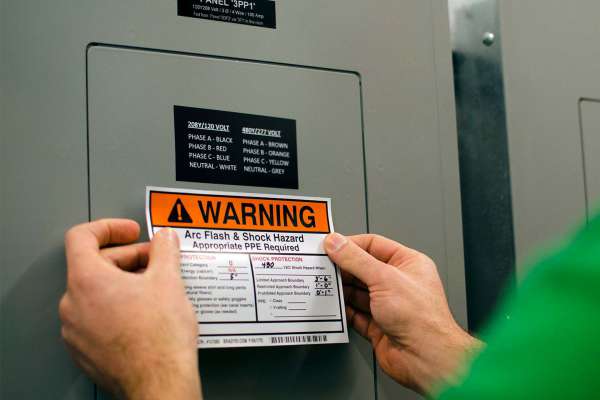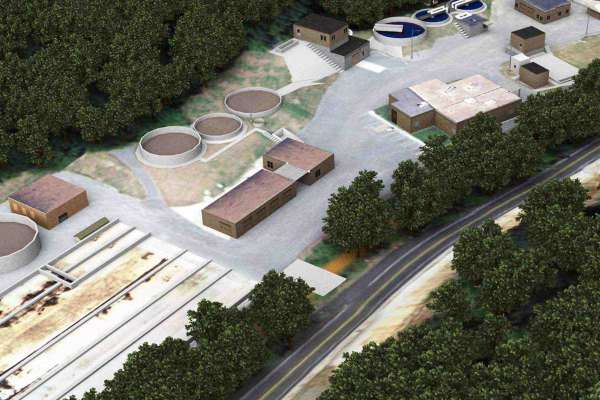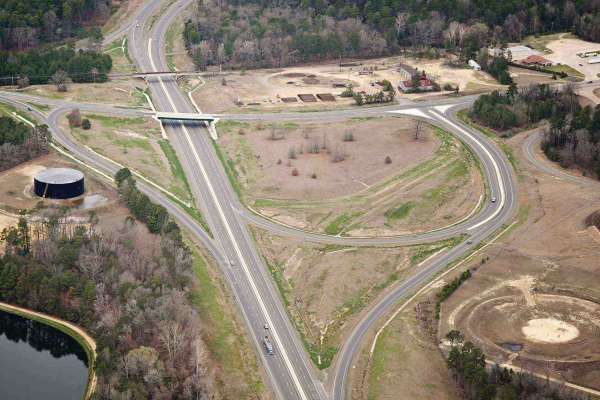City uses audit to maximize plant operations prior to expansion
Before its discharge permit expires in 2014, Bentonville, Ark. is evaluating its wastewater treatment plant to meet potential phosphorus discharge limits and handle planned collection system flows. To stretch funding dollars as far as possible, city officials are making sure the plant operates at maximum efficiency, and they are planning for potential major capital improvements.
The city's extended aeration treatment plant discharges into Town Branch, a headwater stream that is currently limited by the Environmental Protection Agency (EPA) to receive 0.1 milligrams per liter (mg/L) of total phosphorus per day. Bentonville's treatment plant is currently permitted to discharge 1 mg/L for total phosphorus, and a more stringent limit may be enforced when the treatment plant's permit is renewed in two years.
The treatment plant is located in the second most populated county in Arkansas, and Benton County has experienced a 44 percent growth rate over the last decade. With the area's rising development in the drainage basin, the city's treatment plant is expected to handle more than the currently permitted 4 million gallons per day (MGD).
The City of Bentonville hired Garver to perform a comprehensive audit and evaluate ways to improve plant operations, comply with potential future permit requirements and accommodate increasing flows.
"Bentonville took an important step by optimizing its treatment plant before tackling capital improvement projects," said Garver Project Leader Chris Buntin, PE. "Based on the audit and our recommendations, the city could save thousands of dollars in capital improvements and energy enhancements."
Garver's operations specialist Michael Graves and staff at the Garver Water Design Center analyzed the plant's liquid and solids trains. After the investigation, Garver identified alternatives to replace aged equipment, improve process control and performance, and reduce power costs. Together, the audit provided ways to reduce current costs through operational efficiency and lessen future capital improvements by maximizing the plant's infrastructure.
"Although capital improvements may still be necessary after completing an operations audit, utility administrators can take the findings and evaluate the treatment plant's level of performance and confirm what costly capital improvements are needed, if any," Graves said. "By conducting the audit, utility administrators have a tool for continuous plant optimization, operator training and compliant operation for years to come."
Garver's infrastructure evaluation took into consideration the liquid and solid treatment processes, capacity restrictions and control system. In addition, Garver's energy optimization recommendations identify a potential annual energy savings of $75,000 if the operation mode is changed from series configuration to parallel Biological Nutrient Removal (BNR) with recycle flow improvements.
Garver recommended that the identified plant capital improvements be separated into three phases, beginning by optimizing the BNR process along with implementing automated controls and monitoring. The following two phases will be designed to provide a long-range solution to meet total phosphorus limits, first at 5 MGD followed by a 12 MGD build-out scenario.
"The existing plant can be optimized to reduce financial impacts related to the upcoming improvements," said Water Design Center Leader Scott Zotti, PE. "The plant can be expanded within the existing footprint to meet the EPA's requirement for total phosphorus and also meet fully developed flows of 12 MGD."






Share this article